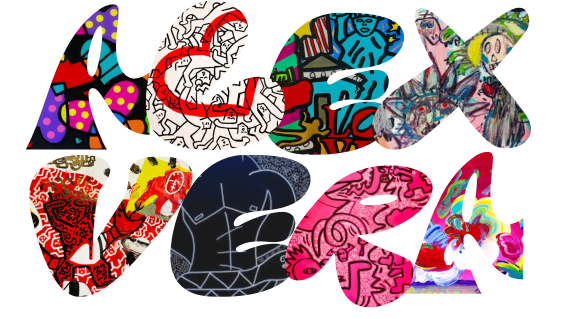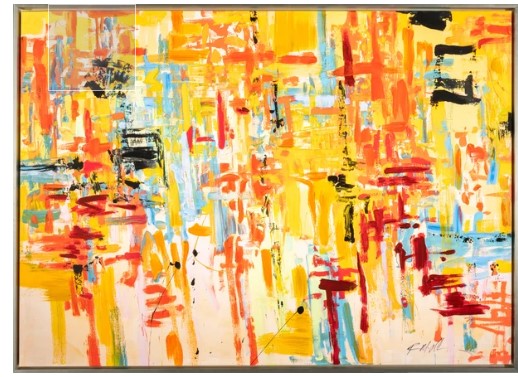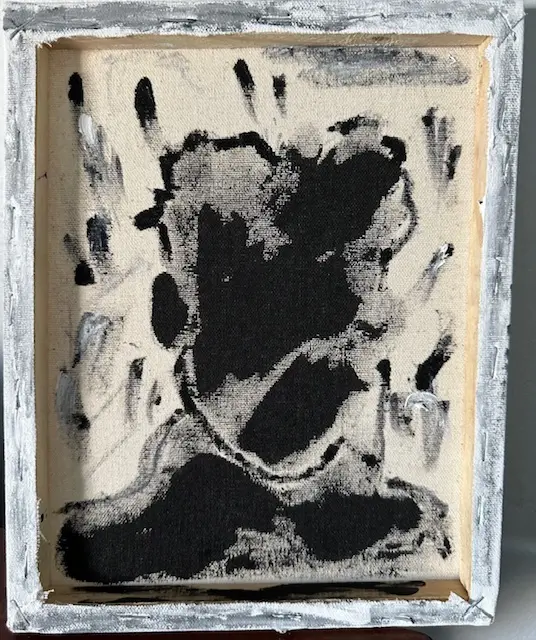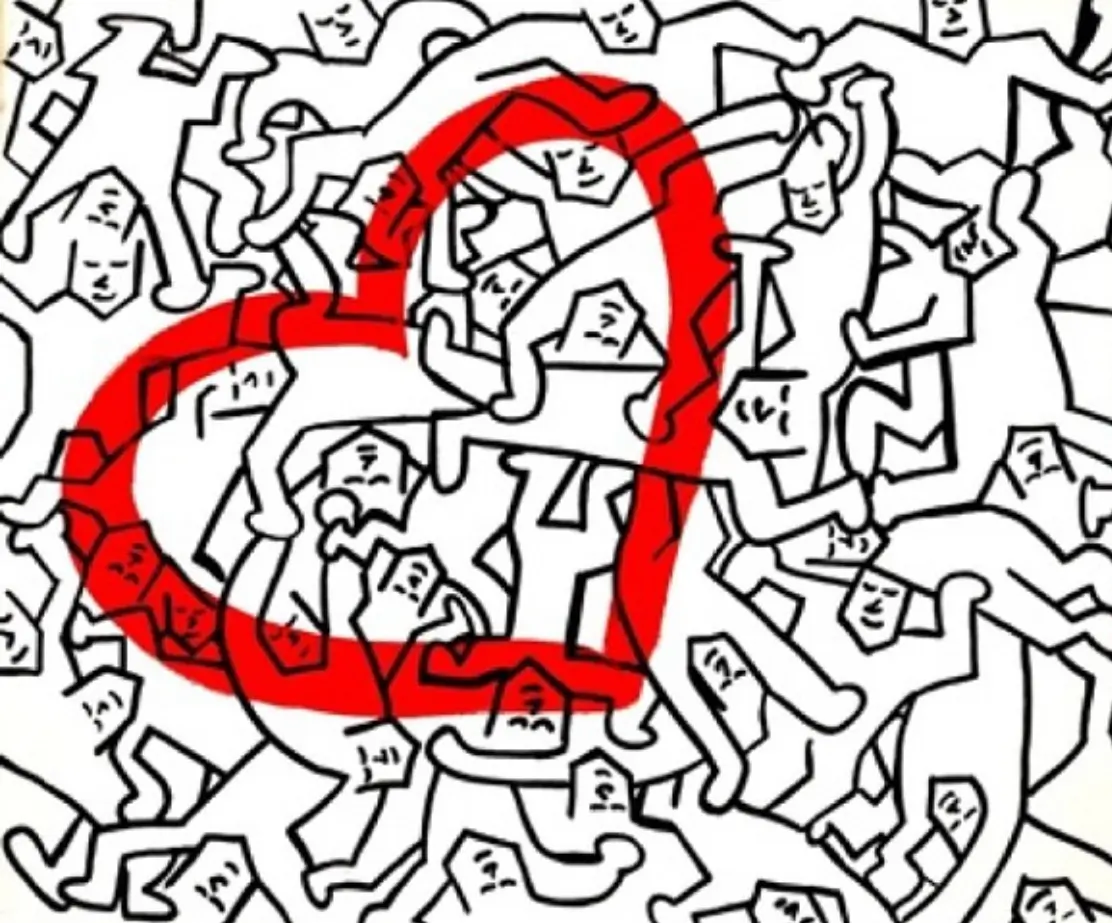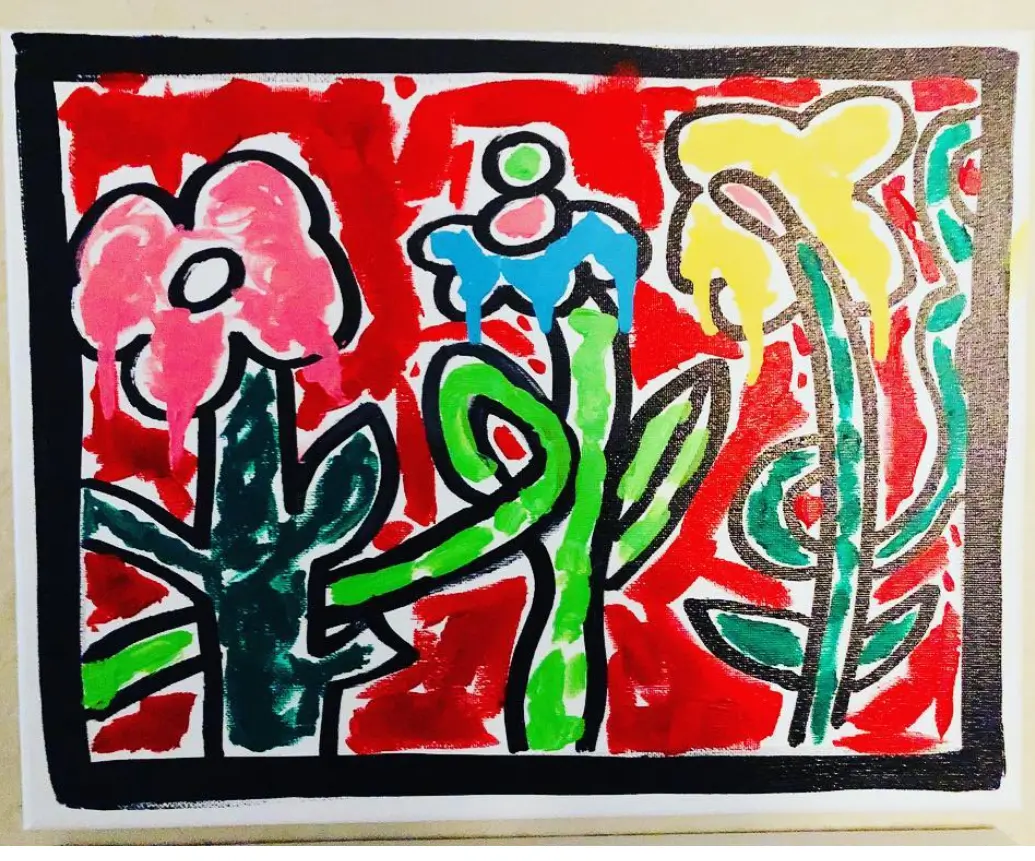Artists are often faced with the daunting task of not only creating art, but also sustaining themselves through the sale of that art. Many people, including patrons, friends, and family members, often wonder why art costs what it does. The answer is simple: it’s worth it. For artists trying to make a living through their work, the price of their art must cover not only the cost of supplies, but also rent, food, utilities, insurance, gas, bills, and the materials needed to create more art. Additionally, they should ideally have some extra money left over for the little luxuries that make life more comfortable.
Valuing art is a complex task, but it can be broken down into three main factors: supplies and scale, time and training, and scarcity and artist notoriety.
First, the supplies an artist uses can vary in cost based on quality, quantity, and type. Maintaining the right supplies is a constant investment. For example, a large bowl made by a ceramicist may cost more than a mug because it requires more clay. Similarly, a ring may cost less than a pair of earrings because you’re buying one item’s worth of metal instead of two. The larger a piece is, the more it’s worth. This is because the amount of supplies needed to create the piece increases as well. An 18 x 24-inch painting takes significantly less paint than a 72 x 72-inch painting. Some materials are also more expensive than others, such as a frame gilded in gold, which will almost assuredly cost more than one simply made of wood.
To give an example of the cost of supplies, let’s consider an 18 x 24-inch painting. A good quality premade stretched canvas costs at least $34.99. If you choose to stretch your own canvas, you’ll have to buy wood, canvas cloth, gesso, glue, nails, staples, and tools. Over time, your investment in these supplies could make the cost of your individual stretched canvases cheaper than buying premade canvases, but the initial cost is often too much for beginning artists. If you’re using acrylic paint, each 8.5 fl ounce tube of a decent brand costs between $9.99 and $14.99, depending on the color. If you’re using oil paint, each 1.25 fl oz tube of an average brand costs between $6.99 and $14.99. When using oil paint, you need a solvent to clean your brushes, which will cost between $6.99 and $22.99. You would likely also use additional mediums to thin out or thicken your paint, which cost on average $8.99 to $36.99. Then there are the brushes themselves. You could buy a cheap pack of brushes, but those won’t withstand repeated use, exposure to chemicals, and thorough cleanings. A decent brush will cost at least $5.50 per brush. So, to create a single 18 x 24-inch painting, you’ll need to charge more than $91.45 to recoup your investment on supplies.
Second, the time and training an artist puts into creating a piece is also a factor in determining its value. Often, the longer a piece takes to create, the more it will cost. This is especially true of commissions, where an artist will have to take into account not only the time spent creating the piece, but also the time spent discussing the project with the client, making revisions, and delivering the final product. Additionally, the more trained and skilled an artist is, the more their work is worth. Artists who have spent years honing their craft and perfecting their techniques will often command higher prices for their work than those who are just beginning their journey as an artist.
Lastly, scarcity and artist notoriety also play a role in determining the value of art. Limited edition pieces or one-of-a-kind works are often more valuable than mass-produced items. Additionally, artists who have achieved a certain level of fame or have a strong following will often have higher prices for their work. This is because there is a perceived value in owning a piece created by a well-known or highly respected artist.
However, it is important to note that the value of art is not solely based on these factors. Art is also valued based on personal taste, cultural significance, and historical context. What one person may consider to be a masterpiece, another may view as insignificant. Additionally, the value of art can also change over time. A piece that may have been considered unremarkable in its time may be highly sought after and valuable decades later.
So with all that said, the question of why art costs what it does is a complex one with no easy answer. It is a combination of the cost of supplies, the time and training put into the piece, the scarcity and artist notoriety, as well as personal taste, cultural significance, and historical context. As an artist and curator, I can attest that creating art is a labor of love, and the price of a piece should not be viewed as a hindrance, but rather a reflection of the time, energy, and investment put into it. The value of art is subjective and ever-changing, but one thing is for certain, art is worth it.
It is important to note that, as artists, it is not always easy to value their own art and many struggle with pricing their work. It is important for artists to research the market, understand the cost of their materials, and consider the time and skill they have invested in creating the piece. Additionally, it is important for buyers to understand the value that goes into creating a piece of art and to appreciate the hard work and dedication of the artist.
In the end, the art market is a constantly evolving landscape, and the value of art is a dynamic concept that is shaped by various factors. As an artist, it is important to be aware of these factors and to understand how they influence the value of your work. As a buyer, it is important to appreciate the value that goes into creating a piece of art and to understand that the price of a piece reflects not only the cost of materials, but also the time, energy, and skill of the artist. Ultimately, art is worth it, and we should all strive to support and value the work of artists in our communities and around the world.
